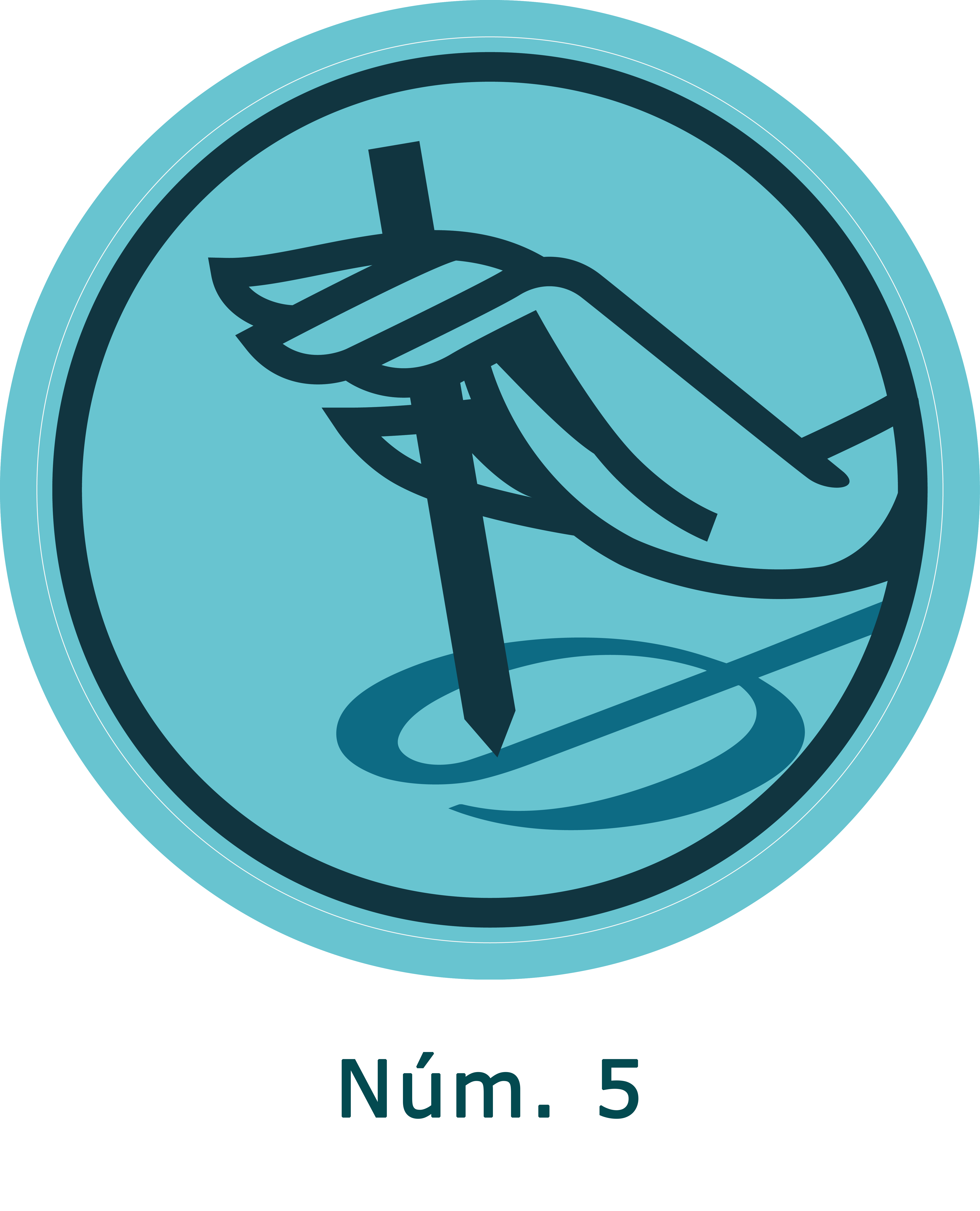Martín Mercado Vásquez
https://orcid.org/0000-0002-6889-195X
Universidad Mayor de San Andrés, Bolivia.
Palabras clave: Fenomenología del espacio, poética del encierro, tortura, topofilia, topofobia, antropología filosófica.
Keywords: Phenomenology of space, poetics of confinement, torture, topophilia, topophobia, anthropological-philosophical investigation.
Resumen
La fenomenología del espacio vivido, formulada por Gastón Bachelard en 1957, busca explorar las representaciones de espacios felices a través de una perspectiva topofílica. Este artículo se adentra en una reflexión profunda sobre la topofobia, derivada del análisis de relatos de mujeres víctimas de la dictadura militar en Bolivia (1979-1981). El conjunto de testimonios, extraído de la obra Libres (2013), se enfoca en la caracterización del ominoso recinto de tortura conocido como el “Cuartito azul”. El propósito central de esta investigación es ofrecer una caracterización analítica de las imágenes poéticas de tristeza presentes en los testimonios de tortura, ampliando así los fundamentos del topoanálisis bachelardiano. Inicialmente, se esboza de manera concisa el concepto de topofilia en el contexto del proyecto de topoanálisis de Bachelard. Posteriormente, se presenta un análisis topofóbico detallado del conjunto de testimonios, expandiendo el diálogo a través de la interacción con los conceptos de la Nueva Fenomenología propuesta por Hermann Schmitz. La conclusión central de este trabajo radica en la afirmación de que la topofobia representa el estudio y exploración de las imágenes poéticas que encapsulan la experiencia de humillación en el ser humano. A través de esta indagación, se persigue una comprensión enriquecida del topoanálisis bachelardiano, mediante la incorporación de contextos históricos y vivencias personales en la investigación antropológico-filosófica, resaltando así la significativa influencia de los espacios en la experiencia emocional y existencial de las personas.
Abstract
The phenomenology of lived space, formulated by Gastón Bachelard in 1957, aims to explore representations of joyful spaces through a topophilic perspective. This article delves into a profound reflection on topophobia, derived from the analysis of narratives of women victims of the Bolivian military dictatorship (1979-1981). The collection of testimonies, drawn from the work Libres (2013), focuses on the characterization of the ominous torture chamber known as the “Cuartito azul”. The claim of this investigation is to provide an analytical characterization of the poetic images of sadness present in the testimonies of torture, thereby expanding the foundations of Bachelardian topoanalysis. Initially, the concept of topophilia is succinctly outlined within the context of Bachelard’s topoanalytical project. Subsequently, a detailed topophobic analysis of the collection of testimonies is presented, extending the discourse through interaction with the concepts of the New Phenomenology proposed by Hermann Schmitz. The central conclusion of this work rests in the assertion that topophobia represents the study and exploration of poetic images that encapsulate the experience of humiliation in the human being. Through this inquiry, an enriched comprehension of Bachelardian topoanalysis is pursued, by means of the incorporation of historical contexts and personal experiences within anthropological-philosophical investigation, thereby highlighting the significant influence of spaces on the emotional and existential experience of individuals.

2023-07-25
Artículos
Derechos de autor 2023 Martín Mercado Vásquez
Esta obra está bajo una licencia internacional Creative Commons Atribución-NoComercial-SinDerivadas 4.0.